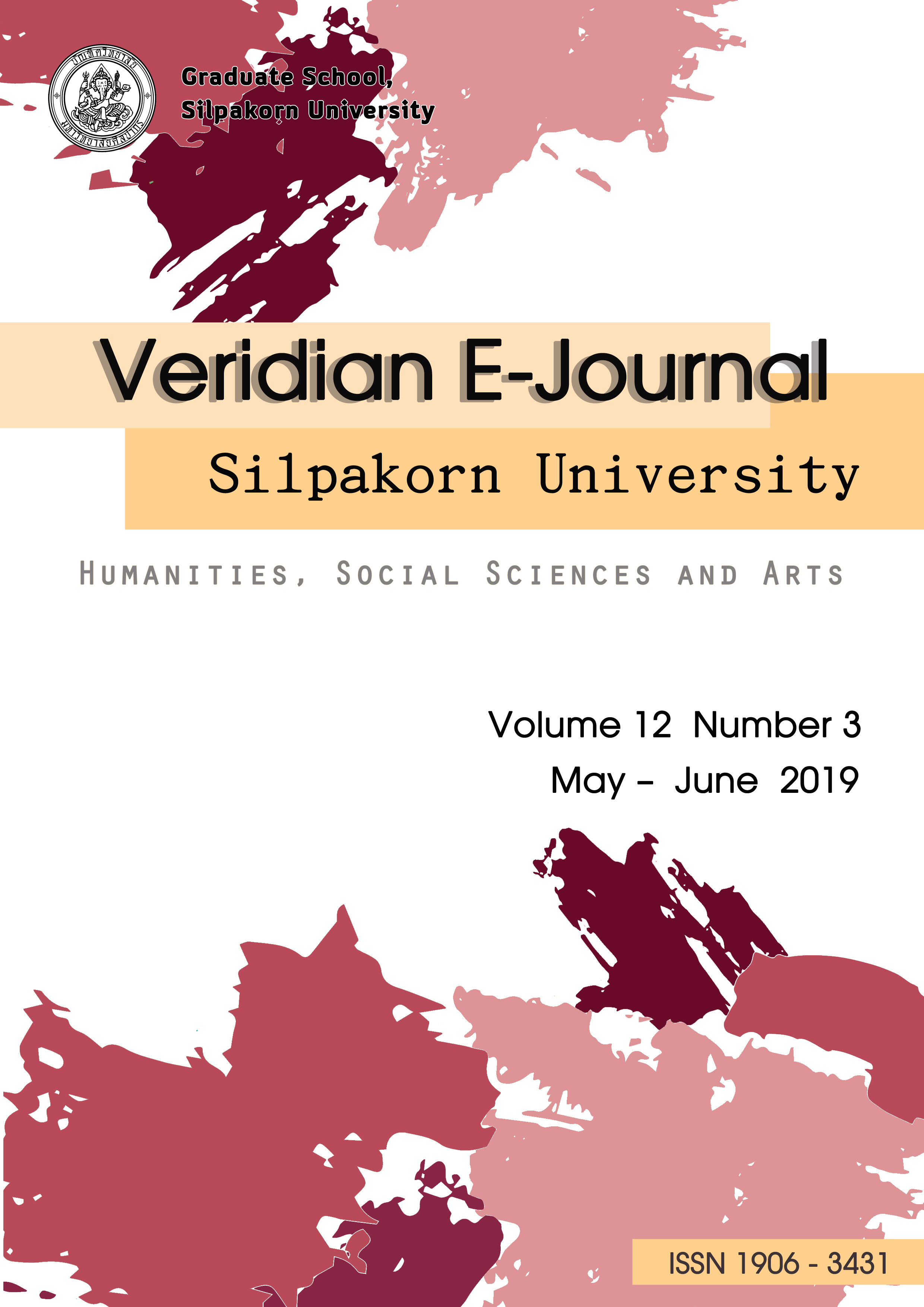รูปแบบการบริหารทรัพยากรมนุษย์ของผู้ตรวจพิสูจน์สังกัดสำนักงานพิสูจน์ หลักฐานตำรวจ (Model for Human Resource Management of Forensic Investigators in the Office of Police Forensic Science)
Main Article Content
Abstract
วัตถุประสงค์ของการวิจัยนี้เพื่อพัฒนารูปแบบการบริหารทรัพยากรมนุษย์ของผู้ตรวจพิสูจน์สังกัดสำนักงานพิสูจน์หลักฐานตำรวจ วิธีดำเนินการวิจัยเป็นการวิจัยเชิงประมาณและเชิงคุณภาพ โดยกลุ่มตัวอย่างคือผู้ตรวจพิสูจน์ จำนวน 250 คน จากประชากรจำนวน 645 คน ซึ่งได้มาโดยวิธีการสุ่มแบบกลุ่มและสัมภาษณ์เชิงลึกผู้ตรวจพิสูจน์คัดเลือกโดยวิธีการสุ่มแบบเจาะจง จำนวน 23 คน เครื่องมือที่ใช้ในการวิจัยคือ แบบสอบถาม และแบบสัมภาษณ์แบบมีโครงสร้าง (Structured Interview) วิเคราะห์ข้อมูลด้วยค่าสถิติบรรยาย ได้แก่ ค่าความถี่ ค่าร้อยละ ค่าเฉลี่ย ส่วนเบี่ยงเบนมาตรฐาน และค่าดัชนีลำดับความสำคัญของความต้องการจำเป็น(PNIModified) ส่วนการวิเคราะห์ข้อมูลเชิงคุณภาพใช้การวิเคราะห์เนื้อหา
ผลการวิจัย พบว่า
- 1. การประเมินความต้องการจำเป็นในการบริหารทรัพยากรมนุษย์ของผู้ตรวจพิสูจน์ เมื่อพิจารณาระดับสภาพที่ควรจะเป็นของผู้ตรวจพิสูจน์โดยภาพรวมพบว่า อยู่ในระดับมากที่สุด( =67 SD = .77) ส่วนระดับสภาพที่เป็นจริงโดยภาพรวมพบว่าอยู่ในระดับมาก( = 3.40 SD = 1.06) ซึ่งเมื่อพิจารณาค่าดัชนีลำดับความสำคัญของความต้องการจำเป็น (PNI Modified) พบว่าโดยภาพรวมของความต้องการจำเป็นในการบริหารทรัพยากรมนุษย์ของผู้ตรวจพิสูจน์มีค่าเท่ากับ .272
- รูปแบบการบริหารทรัพยากรมนุษย์ของผู้ตรวจพิสูจน์ ประกอบด้วย 5 ส่วน คือ ส่วนที่ 1 ที่มาของรูปแบบ ได้แก่ 1) ชื่อรูปแบบ 2) แนวคิดและหลักการของรูปแบบ 3) วัตถุประสงค์ของรูปแบบ ส่วนที่ 2 องค์ประกอบการบริหารทรัพยากรมนุษย์ของผู้ตรวจพิสูจน์ ประกอบด้วย 8 องค์ประกอบ ได้แก่ 1) บุคลากร 2) งบประมาณ 3) วัสดุอุปกรณ์ 4) การบริหารจัดการ 5)การเมืองและกฎหมาย 6) เศรษฐกิจ 7) สังคม และ 8) เทคโนโนยี ส่วนที่ 3 กระบวนการบริหารทรัพยากรมนุษย์ของผู้ตรวจพิสูจน์ มี 5 ขั้นตอน ได้แก่ 1) การออกแบบองค์การ 2) การจัดหาบุคคลเข้าทำงาน 3) การจัดการประสิทธิภาพการทำงานและการประเมิน 4) การฝึกอบรมพนักงานและพัฒนาองค์กร 5) ระบบการให้รางวัลและสิทธิประโยชน์และการร้องเรียน ส่วนที่ 4 แนวทางการนำรูปแบบไปใช้ ประกอบด้วย 1) เงื่อนไขในการนำรูปแบบไปใช้ และ 2) ข้อแนะนำการนำรูปแบบไปใช้ ส่วนที่ 5 ความสำเร็จของรูปแบบพิจารณาได้จากตัวบ่งชี้ 1) ตัวบ่งชี้คุณลักษณะบุคลากร และ 2) ตัวบ่งชี้คุณลักษณะองค์การ
The objective of this research is to develop a model for human resource management of forensic investigators in the office of police forensic science. The methods of research are both quantitative and qualitative research. The sample are 250 forensic investigators chosen randomly selected by cluster sampling from 645 population, and the other 23 forensic investigators selected by specific sampling were profoundly interviewed. The instruments for this research are questionnaires and structured Interviews. The data were analysed by descriptive statistics; for example, frequencies, percentage, average, standard deviation and PNIModified. The qualitative data were analysed by the content analysis.
The research results are as follows:
1.When considering a total image of the potential state level of forensic investigators, it was found that it is the most level ( = 4.67 SD = .77), but the total image at a real state level is a high level( = 3.40 SD = 1.06). And if consideration of an important index level of the need assessment(PNI Modified), it showed that the the total image of the needs assessment for human resource management of forensic investigators is equal to .272. 2. The model for human resource management of forensic investigators is composed of five parts. Part one, source of the model : 1) model name 2) idea and principle for human resource management o forensic investigator which comprises of eight parts: 1) man 2) money 3) material 4) management 5) law and polictics 6) economy 7) society 8) technology. Part three, process for human resource management of forensic investigators has five steps: 1) Organization Design 2) Staffing 3) Performance Management and Appraisal 4) Employee Training and Organizational Development and 5) Reward Systems, Benefits, and Compliance. Part four, way of using the model: 1) condition of using the model 2) suggesion of using the model. Part five, success of the model considering from indicators: 1) indicators of personnel quality 2) indicators of organization quality.
